Q3. Describe the processes of digestion, absorption and utilization of
carbohydrates in the body.
Ans. Carbohydrates are widely distributed in plant foods. They are mainly present
in these foods in the form of three types of compounds called sugars, starches and
fiber.

All these types of carbohydrates i.e. sugars, starches and fiber can also be classified
as available and non-available carbohydrates.
Carbohydrates like sugars and
starches are digestible in the human digestive tract and hence can be made available
to the body for its functioning.
These carbohydrates are termed as available
carbohydrates. Fiber refers to a number of indigestible carbohydrates like cellulose
present in plant foods. cannot be digested in the human digestive tract and ate
non-available carbohydrates.Digestion, absorption and utilization: Digestion of carbohydrates involves
breakdown of starch and sugars like common table sugar in the diet to their simplest
unit namely, glucose. Dietary fiber present in whole grains, vegetables and fruits
cannot be digested by human beings because the stomach and intestines do not have
the necessary enzymes to do this job.
The digestion of carbohydrates begins in the mouth itself. Saliva contains an enzyme
which is capable of breaking cooked starch into smaller units. However, the time
available for this enzyme to breakdown the starch in the mouth is too short to allow
for any significant amount of conversion to take place. The longer one chews the
food, the more the digestion of starch. There are no carbohydrate-digesting enzymes
in the stomach. Thus the principal site of carbohydrate digestion is the small
intestine. The major carbohydrate digesting enzyme present here is secreted by the
pancreas. This enzyme is capable of acting on both raw and cooked starch and
converts it into smaller units. The next phase of carbohydrate digestion takes place
within the cells of the small intestine. Enzymes present in the small intestine act on
sugars and partially digested starch and ultimately break them up into the simple
basic units i.e. glucose, fructose and galactose.

These simple sugar units are taken to various body tissues and cells through the
bloodstream and are ultimately converted to glucose. Some amount of glucose
remains in the blood as blood sugar and is drawn upon by the cells whenever
needed. In the body cells glucose is mainly burnt to release energy.
The extra glucose (which is not burnt to release energy) is converted to a substance
called glycogen which is subsequently stored in the liver and muscles. Glycogen can
be broken down to release glucose whenever needed. But only a limited amount of
glucose can be stored in the body as glycogen. Once the limit of glycogen storage is
exceeded, the remaining excess glucose is converted into fat and is stored in the
body.
Q4. List the food sources of proteins and fats.
Ans. Food Source of Proteins: Food Sources: Here is the list of some of the rich
sources of proteins. The list is vast and includes: milk, milk products (like curd,
khoa, paneer), flesh foods (meat, fish, poultry), eggs, nuts and oilseeds (groundnuts,
almond, cashew nut, walnut) and pulses (bengal gram, lentils, green gram, rajma,
soybean). Among pulses, soybean is particularly rich in protein.

If you look at the current prices of foods of animal origin like meat, fish, poultry, you
will find that most of these are very costly. The only animal foods which are
relatively less expensive (though expensive as compared to plant foods) are milk and
eggs. As the protein in foods of animal origin are of good quality, one should try to
include small amounts of these foods in the daily diet. Milk is the only animal food
used by both vegetarians and non-vegetarians. It contains protein of very good
quality. Hence, even a small amount of milk added to a basic Indian diet of dal-roti
greatly enhances the protein quality of the whole diet. One should therefore try to
include at least a small amount of milk in the daily diet. Non-vegetarians, who
cannot afford meat fish and chicken can eat eggs which are cheaper and as
nutritious as meat, fish or chicken.
Let us now take a look at the foods of plant origin. Pulses, nuts and oilseeds are rich
sources of proteins. But these foods are also very expensive. Pulses are the major
source of protein in Indian diets. One can try to improve the quality of cereal
proteins by combining them with pulses. As mentioned earlier, a small amount of
milk, if it can be afforded, will further improve the quality of food protein.
Food Source of Fats: Food Sources: Food sources of fats and oils include common
fats and oils like ghee, vanaspati, mustard oil, groundnut oil, soya oil, coconut oil.
They are almost 100 per cent fat.

The presence of fat is also evident in other foodstuffs like milk and milk products
(curd. paneer) nuts and oilseeds (almond, groundnut, coconut, mustard
seeds), eggs and flesh foods. These are known as fat-rich foods. They have 8 to 50
per cent fat in them.
You may be surprised to know that fat is present in very small quantities in almost
dl foodstuffs. Even foods like cereals, pulses, fruits have fats in them in minute
quantities. These foods contribute a substantial amount of fat to Indian diets by
virtue of being consumed In large quantities.
Q5. Describe the processes of digestion, absorption and utilization of proteins and
fats in the body.
Ans. Digestion, absorption and utilization: Dietary proteins chiefly consist of
proteins made up of small and large chains of amino acids. Digestion of proteins
involves the breakdown of these amino acid chains to their constituent amino acids.
Since saliva does not contain any enzyme (which can bring about breakdown of
proteins), protein digestion mainly occurs in the stomach and the small intestine.
Pepsin, a photolytic enzyme, present in gastric juice breaks down proteins into
smaller amino acid chains. But pepsin itself cannot complete the digestion of
proteins. Partly broken down proteins from the stomach are released into the small
intestine where further digestion takes place in two steps:
i) Breakdown of partly
digested proteins to smaller amino acid chains: There are several enzymes in the
small intestine which act on partly digested proteins and convert them to even
smaller amino acid chains;
ii) breakdown of amino acid chains to amino acids.
Finally other kinds of enzymes act on amino acid chains and convert them to their
constituent amino acids.
The metabolism of proteins is essentially the metabolism of amino acids as these are
the end products of the process of digestion of proteins. After digestion, amino acids
are carried by the blood to the liver.
Here amino acids are used in three ways:
a)some of them are used for building of blood proteins;
b) some are retained in the liver and
c) the rest enter the blood circulation as amino acids.
Some of the amino
acids remain in circulation and others are taken up by body tissues for protein
synthesis whenever needed. It must be emphasized here that only proteins of good
quality are maximally utilized by the body for synthesis of its own proteins.
Digestion,Absorption and utilization: In the process of digestion fats are broken
down to fatty acids. One of the two enzymes which aids in the digestion of fats is
present in gastric juice and the other is poured into the small intestine from the
pancreas. For enzyme action, fats need to be dispersed or mixed in water. You know
fats are insoluble in water. A secretion from the liver called bile helps in fat digestion
by breaking fat into small droplets. These fat droplets are then dispersed in the
liquid digestive juice and are easily acted upon by enzymes. Since bile is not present
in the stomach, the action of gastric lipase is not very significant. This is the reason
why fats are chiefly digested in the small intestine where the pancreatic enzyme
breaks them into glycerol and fatty acids aided by the action of bile.

The end products of digestion i.e. glycerol and fatty acids present in the intestine
move into the intestinal cells. The fatty acids cannot enter intestinal cells as such. Bile
salts play an important role in fat absorption by dispersing the fatty acids into small
tiny water-soluble units which can easily move into the intestinal cells.
Fatty acids and glycerol then get transported from the intestinal cells to blood
circulation. They do not travel directly into the bloodstream but first enter the
network of vessels (present in the villi of the small intestine) called lymph vessels.
Then fatty acids from the lymph vessels enter the heart and from there move into the
blood. Blood then carries them either to the adipose tissues where they are stored as
concentrated sources of energy or to cells where they are broken down to provide
energy (in a similar fashion as glucose and amino acids).
Q6. Differentiate between fat-soluble and water-soluble vitamins
Ans. Fat-Soluble Vitamins: Vitamins A, D, E and K are known as the fat-soluble
vitamins. These vitamins are, therefore, present in food dissolved in the fat they
contain. An interesting fact about fat soluble vitamins is that after being used for
specific functions, the excess amount of these vitamins is stored in the body, fat-
soluble vitamins would remain dissolved in the fats and would be absorbed only
after the fats are digested.





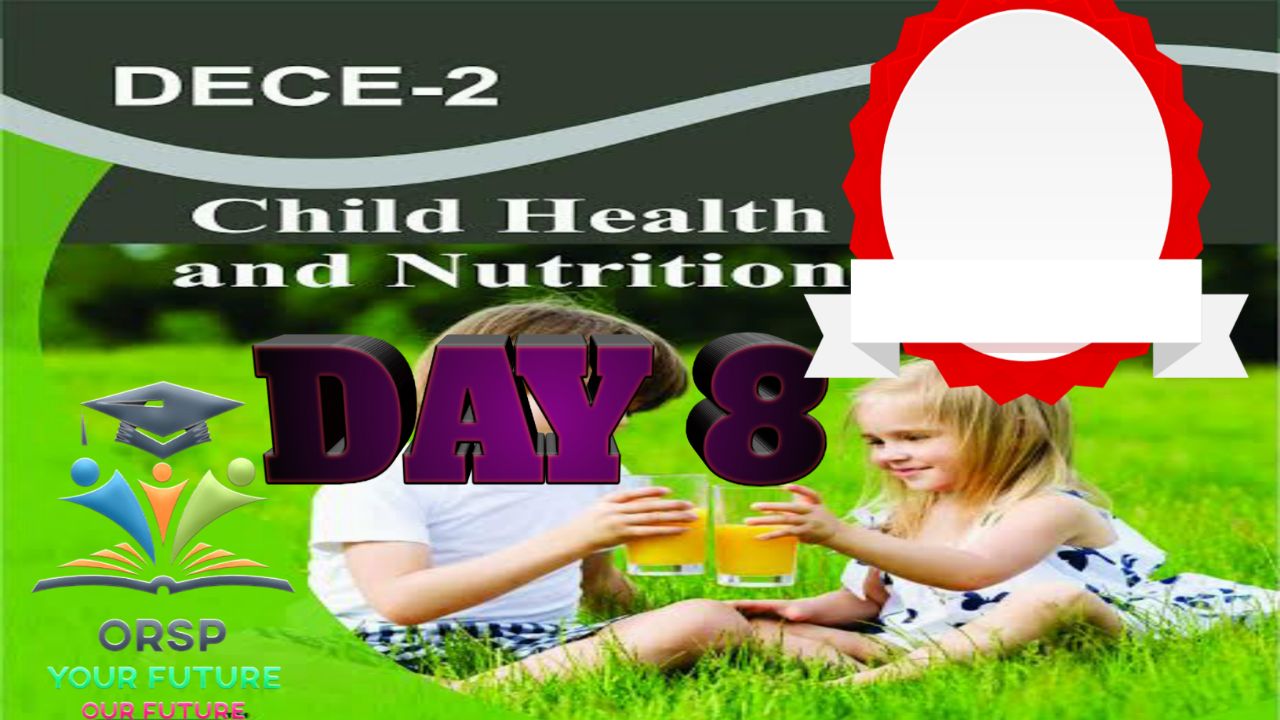
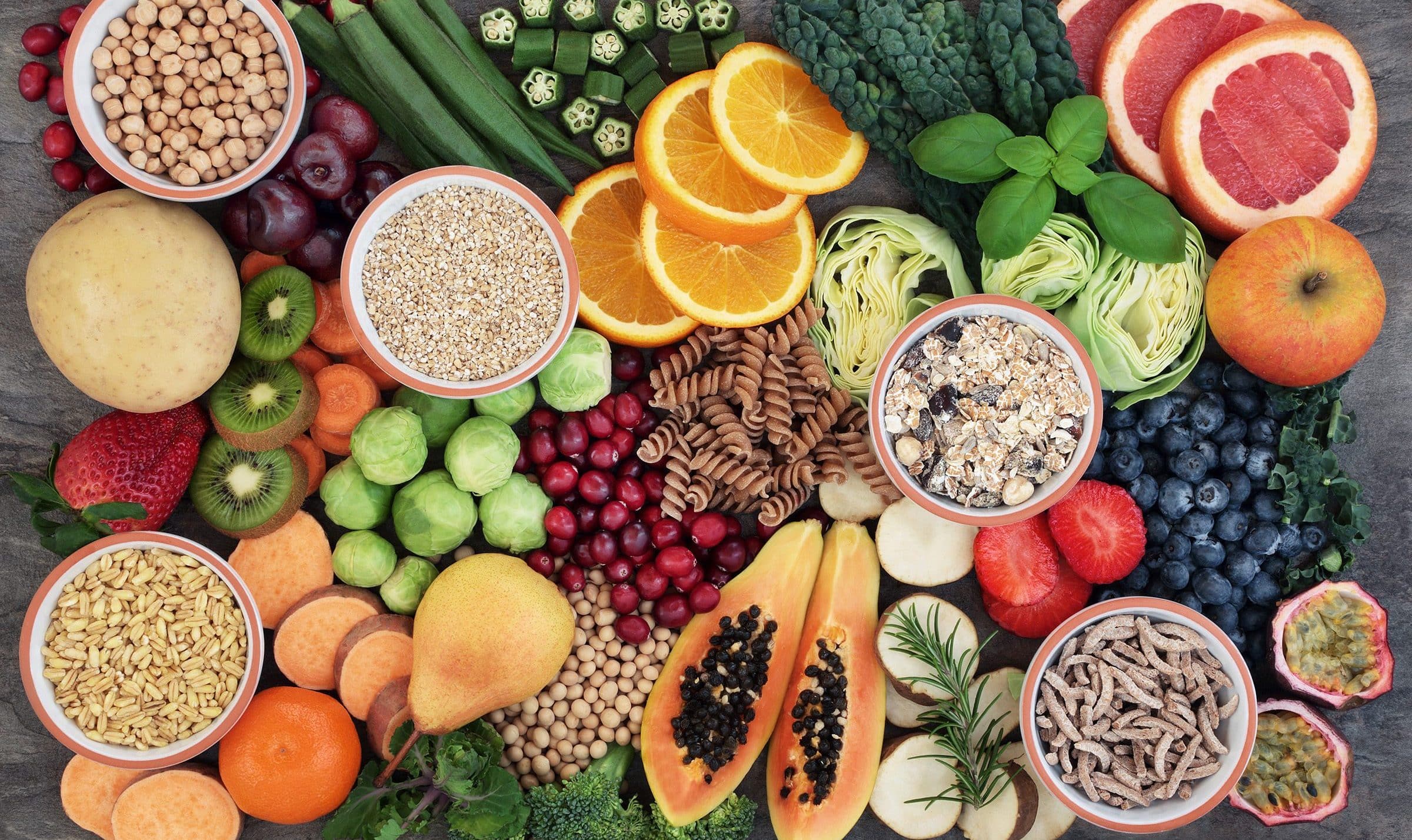
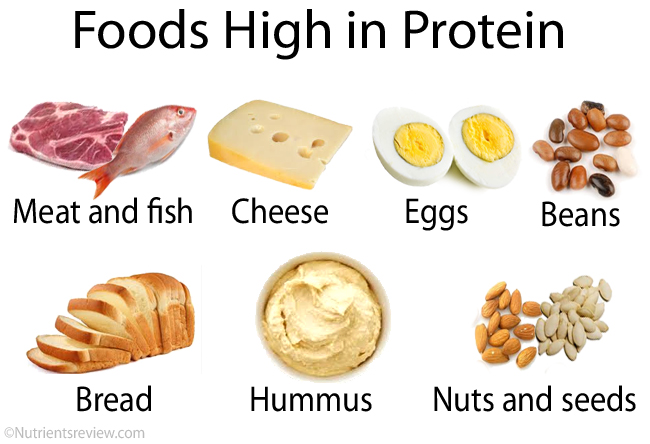


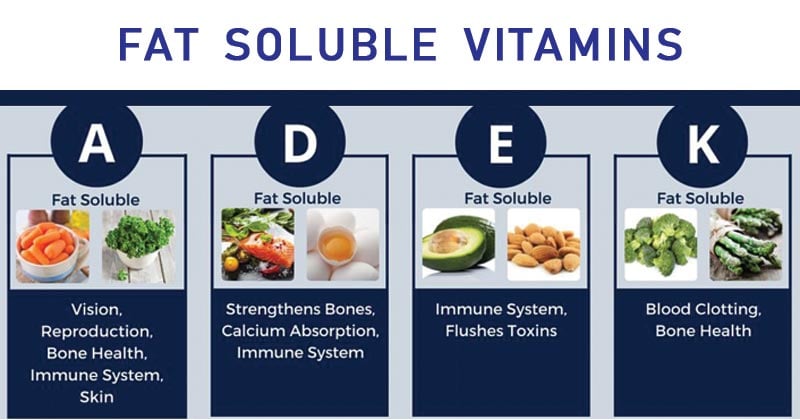
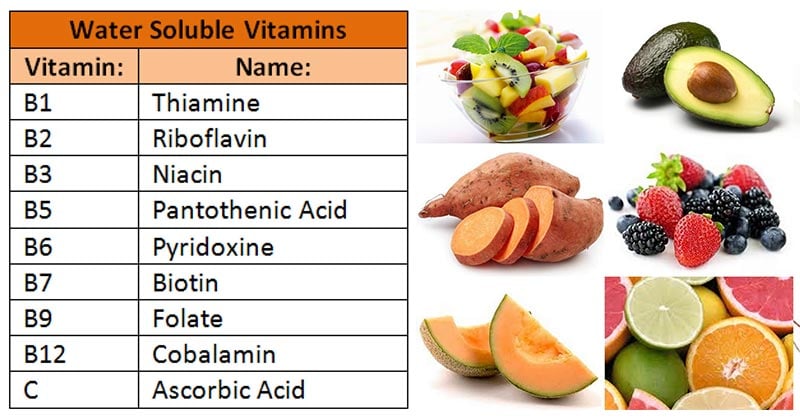
4 thoughts on “DECE2-Solution(ENGLISH)-IGNOU-DAY 8-ORSP”